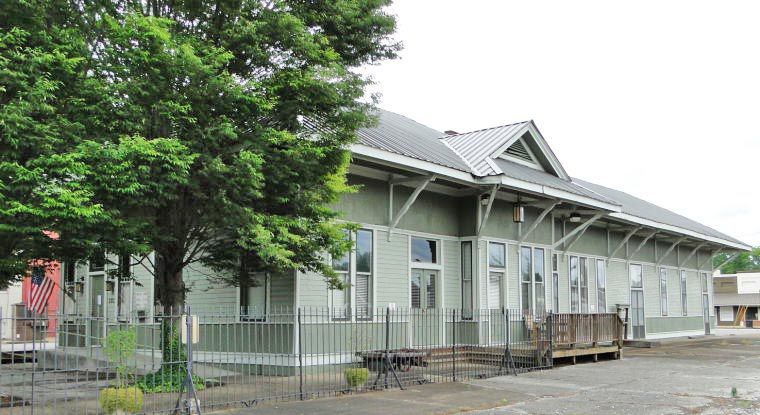Our view: High costs, low profits … would you want this job? (and why we should thank those who do)
Published 12:00 am Thursday, February 22, 2024
Each month from April to November, we publish a special page, “Thank a Farmer.” Typically, the contents of that section spotlights a local farmer, their family and the successes and challenges they face in running their business.
Why do we do that?
Consider some recent information and challenging words from the Alabama Farmers Federation. …
Recently released data is lending extra credence to Alabama farmers’ reality: Times are tough.
High input costs, low profit margins and farm consolidation helped shrink Alabama’s overall farm numbers from 2017 to 2022. Alabama lost 8 percent of farms in that period, according to U.S. Census of Agriculture (https://www.nass.usda.gov/AgCensus//) data released Feb. 13.
The Yellowhammer State had 37,362 farms as of 2022. The decline follows a national trend. There are 1.9 million farms in the U.S., a 7 percent loss in just five years.
In Alabama, 95 percent are still family farms or partnerships. Nationally, that number is 91.31%.
Meanwhile in Alabama, average farm size grew to 231 acres, up 20 acres. The number of smaller farms shrank, while larger operations — those with 2,000-plus acres — rose to 684. That’s a 22.58 percent increase.
The Census of Agriculture surveys U.S. farmers every five years. 2022 data was gathered on the heels of the COVID-19 pandemic and devastating hurricanes Michael and Sally in 2018 and 2020, respectively.
Impacts of those disasters still echo across farm country, said the Alabama Farmers Federation: At the end of the day, farmers are businessmen, and that means their farms have to be profitable.
The organization also advised caution when analyzing the Census, noting economic shifts since farmers were surveyed: In Alabama, the data says market value of ag products is up 51.08 percent to $9.04 billion, but most of that is directly related to inflation and price surges for beef and poultry during the pandemic. Prices have since dropped, so farmers’ pocketbooks aren’t reflecting that steep increase. The Census also notes high expenses for feed, fertilizer, labor and fuel. While some of that has dropped, expenses are still above pre-COVID levels.
The total cost of production in 2022 was $6.44 billion, up 39.53%. Specific spiked expenses included:
– Feed: $2.86 billion, up 57.52%.
– Fertilizer, lime and soil conditioners: $307.44 million, up 30.64%.
– Hired farm labor: $314 million, up 31.91%.
– Gas, fuel and oil: $219.22 million, up 31.78%.
The Census also shows farmers’ continued adoption of practices that help increase yields and reduce loss.
That includes investments in irrigation. While still dramatically lower than neighboring Georgia and Mississippi, Alabama now has 170,537 acres under irrigation. That’s a 20.1 percent gain.
Diversification into agritourism increased. That income was $9.84 million, up 45%.
Conservation practices increased, too, in 2022 compared to 2017. They included:
– Farms that used no-till: 3,292 farms, up 21.52%.
– Farms that used conservation or reduced tillage: 1,753 farms, up 35.9%.
– Farms that used cover crops: 2,488 farms, up 21.96%.
Other notable statistics:
– Alabama is home to 62,777 farmers. That’s down 3.04%.
– 34.7 percent of all Alabama farmers are female.
– The average age of Alabama farmers is 58.7.
To cap all of this data … many of us have tough jobs.
But then there are our farmers — who we can’t thank enough.





